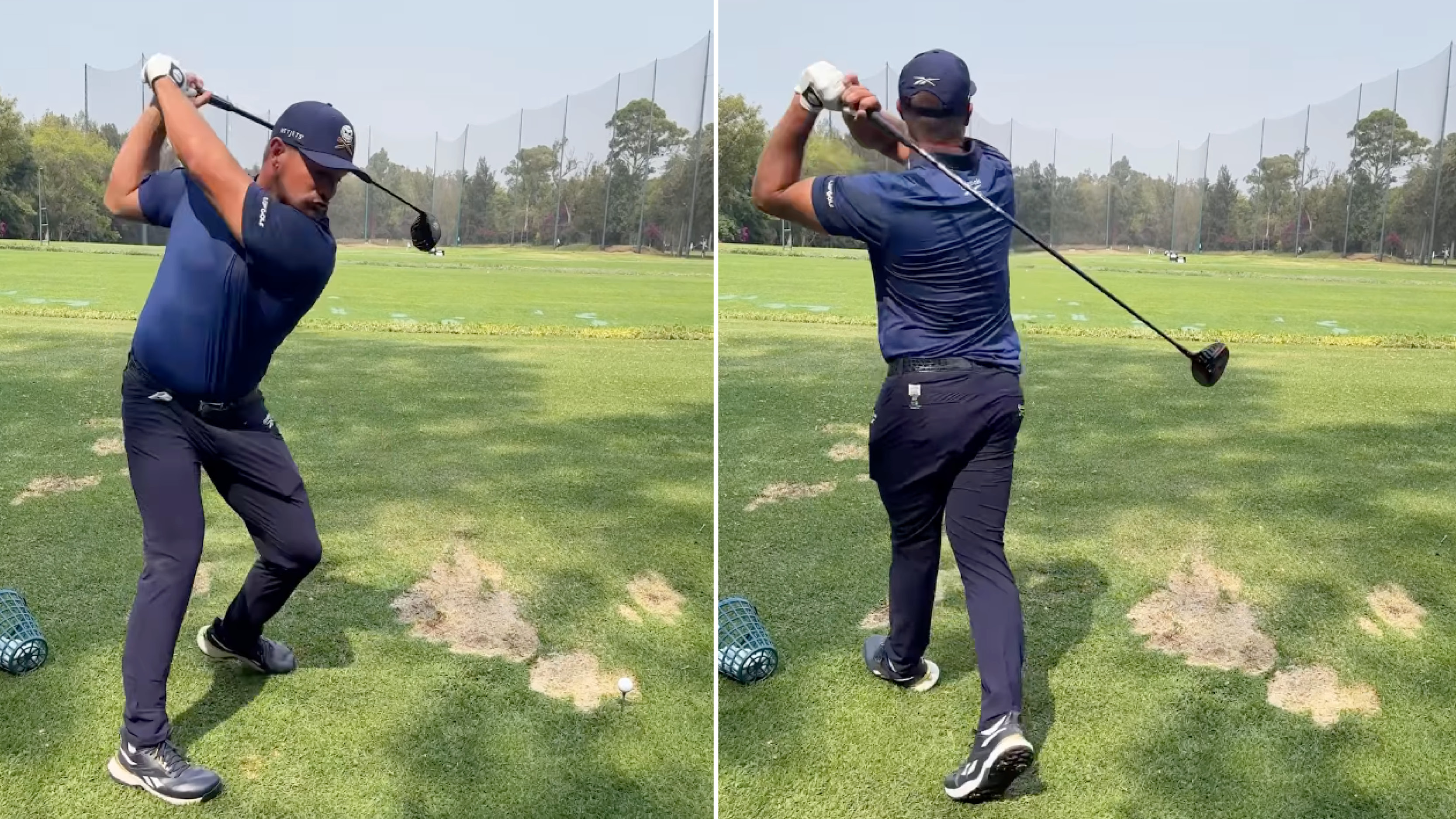Do we really need to lengthen golf courses?


Fergus Bisset looks at whether golfers are hitting the ball ever further and, if so, do we need to lengthen golf courses to accommodate this new age of power hitting?
A widespread belief in golf is that, from the pro game downwards, we’re all hitting the ball further and further, and as a result, older, shorter courses are becoming obsolete as professionals and amateurs are increasingly able to overpower them. But, is this actually the case? Does a relentless rise in distances across the board mean we have to make our golf courses longer?
A report recently published by The R&A and the USGA examined, in considerable depth, driving distance in professional golf using data from seven tours. On the European Tour, average driving distance increased by 0.7 per cent between 2003 and 2015. That equates to just 2.1 yards. The average drive on the circuit in 2015 went 288.4 yards. There were similar minor increases on the American tours, but on the Japan Golf Tour, the Ladies European Tour and The LPGA Tour, average driving distances have actually come down since 2003. On evidence from the last 12 years, we can definitely say the pros are not driving inexorably further.
Dr Steve Otto of The R&A presented data to the 2016 EIGCA (European Institute of Golf Course Architects) conference, which should dispel the myth that amateur golfers are now able to outhit shorter courses. After extensive data collection, The R&A produced a table showing average driver and 5-iron distances for amateur golfers. The average drive by a male Category 1 golfer travels 234 yards, the average by a Category 3 golfer goes just 190 yards. For women, it’s 205 yards in Category 1 and 145 yards in Category 3. Even if amateurs are hitting the ball a little further, we’re hardly ‘sending it out there’.
If, then, the professionals have been hitting the ball the same distance for 12 years and we mere mortals are not exactly ‘nuking it’, what reason could there be for increasing course length?
One argument could be if a course wished to attract county or national events. Perhaps adding an extra 30 yards here or there might sway the selectors when they are choosing a venue. But the members don’t need it to be longer and, in fact, is it length of course that will truly test the best golfers in an elite event?
It’s certainly not always the case in professional golf. At last December’s Nedbank Golf Challenge, the course at the Gary Player Country Club (pictured) measured 7,831 yards and the shortest par 4 on the card was 424 yards. Marc Leishman took the title with a winning total of 19-under-par. Making the course super-long doesn’t prevent the best players from going low – it’s the course set-up and conditions that will do that. At Royal County Down for the Irish Open in 2015, the course was some 800 yards shorter than the one at Sun City, but Soren Kjeldsen’s winning score was just two-under-par and only five men beat par for the week. The wind, the challenging terrain, the testing greens and the narrow fairways were the factors that made the Irish Open so exacting and exciting.
Get the Golf Monthly Newsletter
Subscribe to the Golf Monthly newsletter to stay up to date with all the latest tour news, equipment news, reviews, head-to-heads and buyer’s guides from our team of experienced experts.
Worth noting here is another key fact: Irish Open winner Kjeldsen doesn’t rely on power hitting for scoring. His average driving distance in 2015 was 279.5 yards, putting him 182nd of 212 on the European Tour. Kjeldsen finished 15th on the 2015 money list, earning nearly €2 million. South Africa’s Merrick Bremner, who topped the 2015 driving distance stats for those playing more than 25 rounds, earned less than €100,000 and finished 163rd.
Driving the ball long distances is one skill in golf and those who possess the ability to do so can have an advantage. But the further the ball travels, the more destructive a degree or two of lateral error will be. The player who hits the ball 200 yards two degrees off line may just hold onto the semi-rough; the player who hits the ball 300 yards two degrees off line could well end up out-of-bounds.
When it comes to the best golf holes, bigger is rarely better. A par 4 of 350 yards demanding precision from the tee, a clear strategy and an accurate approach to a tricky green asks far more of the golfer than a straightforward par 4 of 450 yards that simply requires two mighty belts. And the former will almost always be significantly more memorable.
If a club is looking to strengthen its course, a seemingly easy solution is to throw in a few new back tees: “Let’s make it longer, that will sort them out.” Most modern course designers would disagree with this. The back tees will make the hole more challenging for some, but unplayable for many. Far better would be to consider the addition of hazards, the narrowing of a fairway or the remodelling of a green complex. Such alterations could make the course more challenging for all but still playable for all.
For amateur golfers the focus should be on enjoyment, and few will like struggling to reach par 4s in regulation and needing a driver on par 3s.
The clamour to lengthen golf courses has been self-perpetuating. If we continue to be told we’re all hitting the ball even further and that the old courses are obsolete, then, inevitably, many will believe it. But the facts say otherwise. Pros are not now hitting the ball ever further and average amateurs are not boosting it 300 yards. Longer courses are not necessarily the toughest for elite players but they will hamper the enjoyment of the regular player. Do we really need to lengthen golf courses? No.
David joined Golf Monthly in 2015 as a content editor for the magazine and regularly contributes to the website. He has worked in magazine publishing and editing since 2003. He is a keen golfer and up until recently was a member of Blackmoor Golf Club in Hampshire. He has covered various big events and tournaments for GM, the highlight of which was witnessing Tiger Woods win his 15th Major at Augusta in 2019. Email: david.taylor@futurenet.com
-
 Watch Bryson DeChambeau Smash 400+ Yard Monster Drive In LIV Golf Mexico Practice
Watch Bryson DeChambeau Smash 400+ Yard Monster Drive In LIV Golf Mexico PracticeDeChambeau is hitting mega drives this week in the 7,800ft altitude setting of Golf Club de Chapultepec in Mexico City
By Elliott Heath
-
 Tiger Woods Heads 8 Golfers To Make All Time Rich List Of Top 50 Highest Paid Athletes
Tiger Woods Heads 8 Golfers To Make All Time Rich List Of Top 50 Highest Paid AthletesTiger Woods is the second highest paid athlete of all time behind only Michael Jordan in a new top 50 rich list from Sportico
By Paul Higham